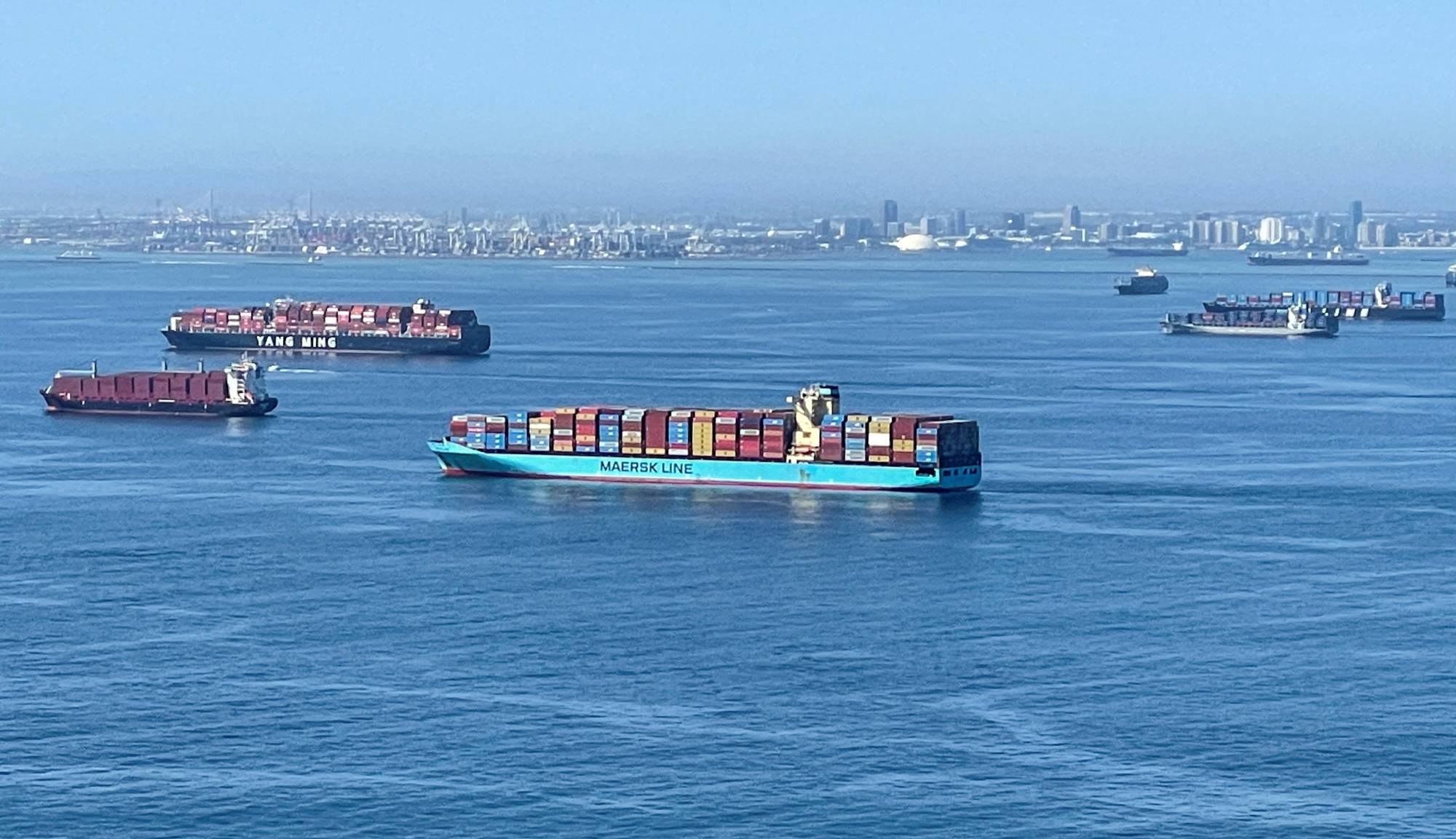In the period leading up to the 2008 global financial crisis, a few prescient voices warned of potentially catastrophic systemic instability.
In a famous 2005 speech, Raghuram G. Rajan explicitly cautioned that although structural and technological changes meant that the financial system was theoretically diversifying risk better than ever before, it might in practice be concentrating risk. At the time, Rajan was mocked; former U.S. Treasury Secretary Larry Summers was not alone in thinking him a “Luddite.”
This episode comes to mind because of the widespread shortages emerging around the world. Markets for gas, truck drivers, carbon dioxide (extraordinarily), toys, ready-to-assemble furniture, iPhones, computer chips and much else have been affected. Will these supply shocks prove merely a temporary disruption as the global economy recovers from the impact of the COVID-19 pandemic? Or are we instead witnessing a meltdown of the global production system? And in the latter case, what would be the supply-chain equivalent of leading central banks’ interventions to prevent a global financial collapse in 2008?


















With your current subscription plan you can comment on stories. However, before writing your first comment, please create a display name in the Profile section of your subscriber account page.